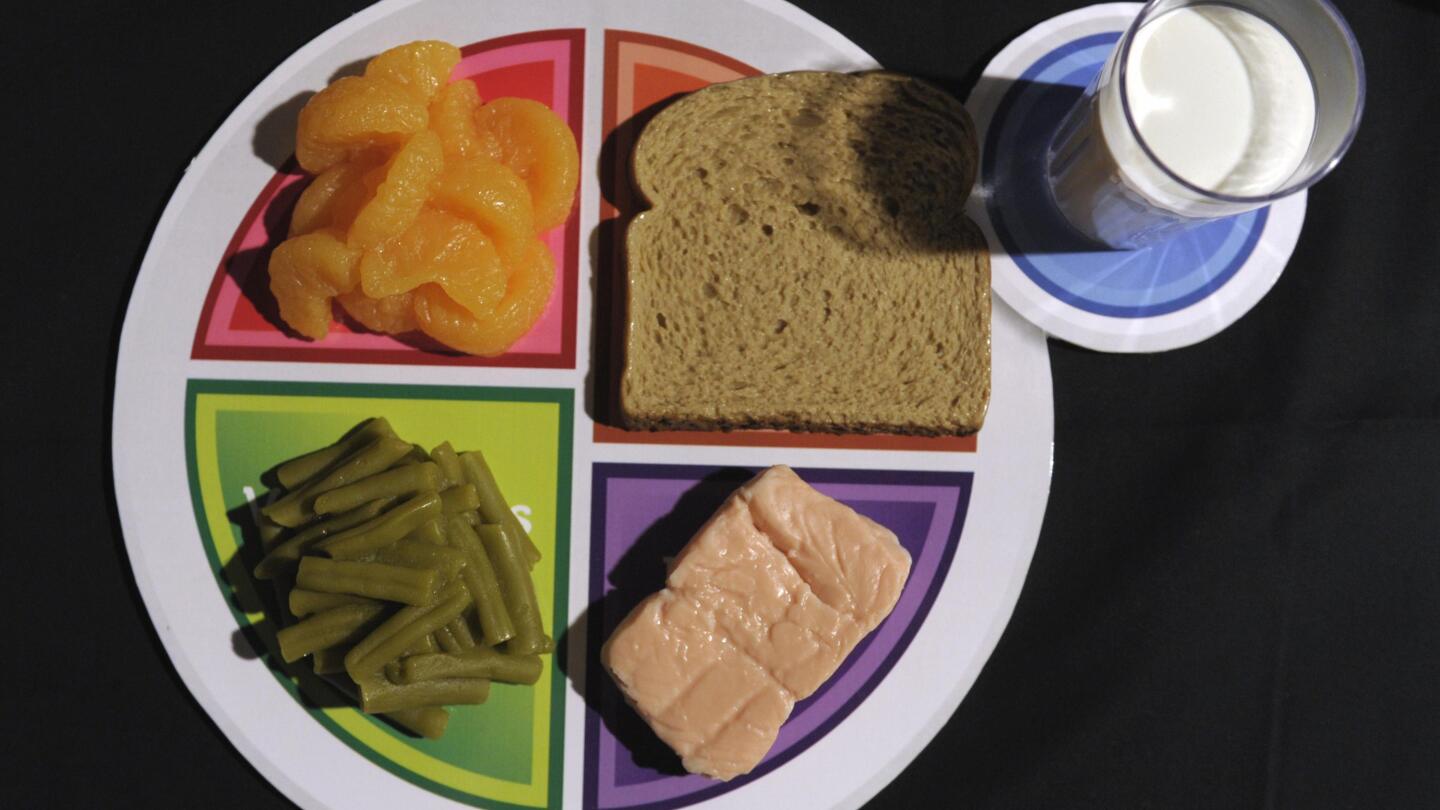
In the intricate tapestry of health, dietary choices stand as pillars of well-being, guided by recommendations that emanate from the synergy between science and governance. The pivotal question arises: which governmental group is responsible for creating MyPlate? This query delves into the realm of nutritional guidance, where governmental agencies play a central role in shaping the dietary landscape.
Navigating the Landscape of Nutritional Guidance
Understanding the genesis of dietary recommendations requires a nuanced exploration of the entities involved, the amalgamation of scientific insights, and the translation of research into practical guidelines.
The Complexity of Dietary Guidance
The intricacies of dietary guidance extend beyond individual preferences, weaving into the broader fabric of public health. As individuals, we navigate this complex landscape seeking not just personal well-being but also aligning with the collective pursuit of a healthier society.
The Confluence of Science and Governance
Dietary recommendations are not arbitrary; they emerge from the confluence of scientific research and governmental oversight. This union is crucial, ensuring that the guidance provided is rooted in evidence-based practices while being tailored to address public health concerns.
MyPlate: A Visual Paradigm of Nutritional Wisdom
The Evolution of Dietary Symbols
Historically, dietary guidance has taken various forms, from food pyramids to circular diagrams. However, the evolution of nutritional symbols led to the creation of MyPlate—a visual representation designed to simplify complex nutritional advice.
The Birth of MyPlate
In 2011, the United States Department of Agriculture (USDA) unveiled MyPlate as a successor to the Food Pyramid. This innovative graphic divides a meal plate into four sections—fruits, vegetables, grains, and protein—alongside a side portion of dairy. MyPlate seeks to visually communicate the ideal composition of a balanced meal.
Governmental Oversight: The Architect of MyPlate
USDA: The Architectural Authority
The entity responsible for the inception and evolution of MyPlate is the United States Department of Agriculture (USDA). Within the USDA, the Center for Nutrition Policy and Promotion (CNPP) takes the lead in developing dietary guidelines and translating them into user-friendly formats such as MyPlate.
The Role of CNPP
The Center for Nutrition Policy and Promotion serves as the pivotal hub where scientific research, nutritional expertise, and public health considerations converge. This specialized unit within the USDA undertakes the responsibility of crafting and disseminating dietary guidelines that resonate with the diverse population it serves.
The Genesis of Dietary Guidelines: A Scientific Ballet
Dietary Guidelines for Americans
The foundation of MyPlate lies in the Dietary Guidelines for Americans (DGA), a comprehensive document that undergoes revision every five years. This dynamic process involves rigorous review by experts in the fields of nutrition, medicine, and public health.
Expert Panels and Scientific Rigor
To ensure the utmost accuracy and relevance, expert panels meticulously review scientific literature, analyze nutritional data, and synthesize evidence-based recommendations. This scientific ballet is essential to stay abreast of emerging research and evolving perspectives on nutrition.
The Complexity of Public Health: A Balancing Act
Diverse Considerations
Crafting dietary guidelines is not a unilateral process; it involves navigating diverse considerations. Factors such as cultural preferences, socioeconomic disparities, and the prevalence of chronic diseases are intricately woven into the fabric of dietary recommendations.
Balancing Individual Choice and Collective Well-Being
Governmental agencies face the delicate task of balancing individual autonomy in dietary choices with the imperative to address public health challenges. MyPlate, as a visual representation, encapsulates this delicate balancing act, providing a flexible guide that individuals can adapt to their preferences within the framework of overall nutritional wisdom.
The Impact of MyPlate: A Visual Beacon of Nutritional Health
Communicating Nutritional Wisdom
MyPlate serves as a beacon, communicating nutritional wisdom in a language accessible to diverse demographics. Its visual simplicity transcends linguistic and educational barriers, making it a powerful tool for fostering nutritional literacy.
Educational Initiatives
The impact of MyPlate extends beyond its visual representation. Educational initiatives, both online and offline, leverage MyPlate to disseminate nutritional knowledge. These initiatives aim to empower individuals to make informed dietary choices that align with their health goals.
Challenges and Evolution: Navigating the Dietary Seas
Evolving Perspectives
The dietary landscape is not static; it evolves in response to emerging research, societal shifts, and evolving health priorities. Governmental bodies, including the USDA, continuously adapt dietary guidelines to reflect the latest scientific insights and societal needs.
Challenges in Dietary Guidance
Challenges in dietary guidance include addressing the rising tide of nutrition-related chronic diseases, reconciling cultural variations in dietary practices, and ensuring that guidance remains relevant in the face of dynamic lifestyles.
Looking Ahead: The Future of Dietary Guidance
Integrating Technology
The future of dietary guidance is likely to integrate technology to a greater extent. Mobile applications, personalized nutrition insights, and digital platforms may play an increasingly prominent role in delivering tailored nutritional guidance.
Global Perspectives
As we look ahead, there is a growing recognition of the need for global perspectives in dietary guidance. Collaborative efforts between countries and international organizations may pave the way for more cohesive and universally applicable nutritional recommendations.
Conclusion: MyPlate as a Compass in the Dietary Voyage
In the labyrinth of dietary choices, MyPlate stands as a compass, guiding individuals toward a simple balanced approach to nutrition. The USDA, with its expert panels and scientific rigor, remains the guardian of this compass, ensuring that it aligns with the ever-evolving landscape of health.
As we navigate the dietary seas, it is crucial to recognize MyPlate not as a rigid rulebook but as a flexible guide that accommodates individual preferences within the overarching principles of nutritional wisdom. The which governmental group is responsible for creating MyPlate question finds its answer in the intricate ballet of science, governance, and the shared pursuit of a healthier society.
